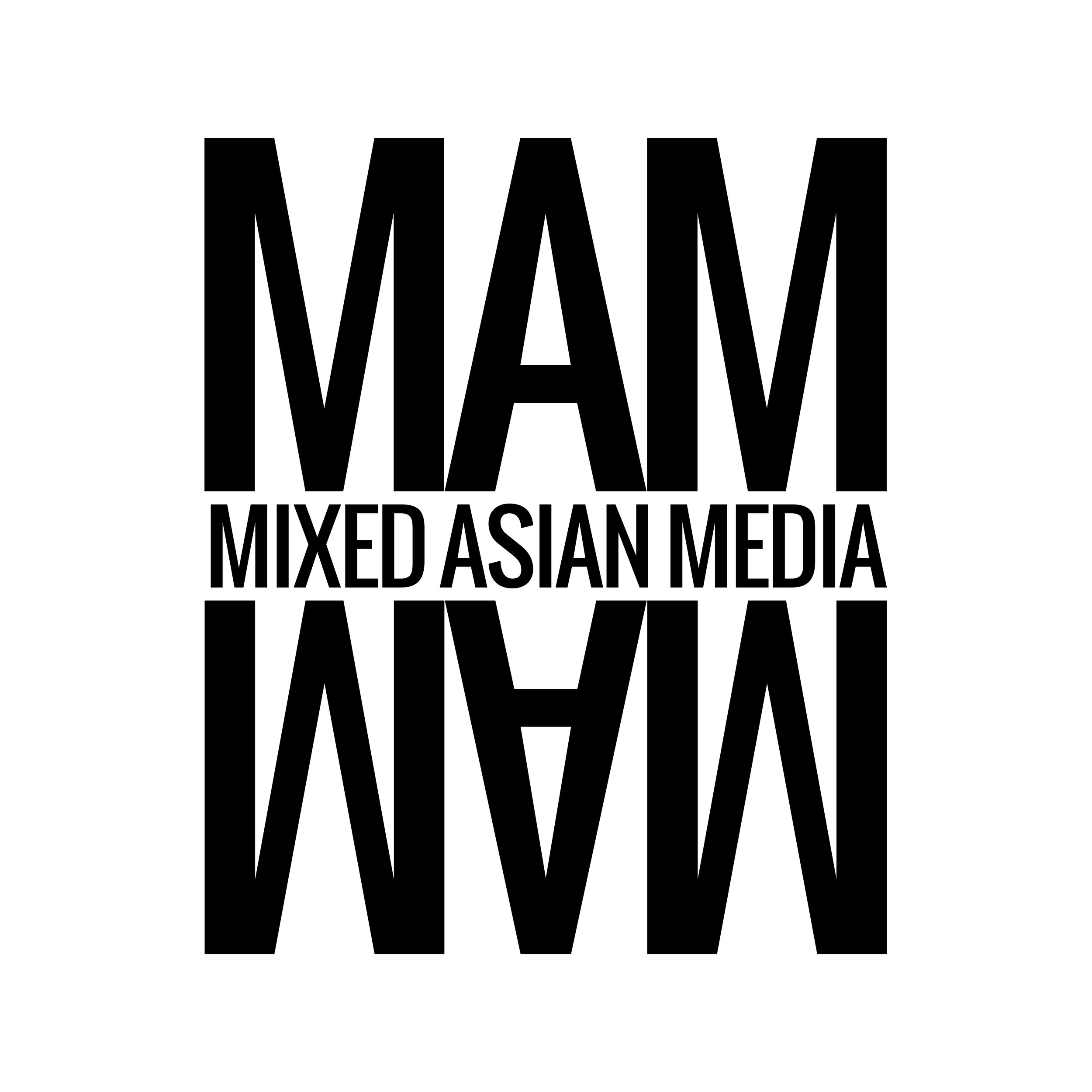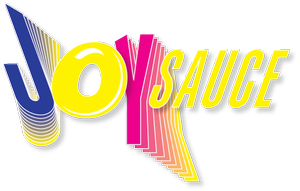Jeff Chiba Stearns on Mixedness, Evolution, and Passing the Torch
Mixed Asian Media - April 9, 2024
By Kirie Ventura
Powered by JoySauce
Jeff Chiba Stearns
Over a decade ago, one crisp Pacific Northwest morning, I happened to stroll into the opening of the Powell Street Festival. I sleepily watched from afar, a banner being unraveled by a vendor that read, “Hapa-Palooza.” My curiosity piqued. I approached the booth and asked about this mixed (no pun intended) word combining an appropriated Hawaiian term with the latter half of one of the most famous American music festivals of all time. Jeff Chiba Stearns warmly greeted me and explained what “Hapa-Palooza” was — a festival celebrating mixed identity. We hooted and hollered about bits of our mixed experiences.
In the course of those 10 years, I enjoyed some of Jeff’s notable films — What Are You Anyway?, One Big Hapa Family, and Mixed Match left a resonating impression on me. Coincidentally, the internet and the passage of time linked us both up again through Mixed Asian Media, to carry on our conversation at that booth and talk about what has changed since then.
*This interview has been edited for clarity and length.
Interview
Speaking of the Hapa-Palooza booth, how did you come up with the name and how has it changed?
I didn't even know there was something to describe myself as other than half-Japanese. I always thought it's the worst way to describe yourself because you're breaking yourself into a fraction of a person. I’ve steered away from saying “half” and “quarter” because it’s harmful. When I was growing up as a kid, the “different” part was always the focus. I feel a sense that wholeness brought me happiness.
Since then, we don't want to appropriate anything from Hawaii anymore. Even with something like “Half-a-palooza,” if it did come back in any form, we're looking at what rebranding would look like. I think during the time “hapa” was a buzzword to use for mixedness. It may not be the right terminology to use since it comes from the Native Hawaiian language. It’s a part of the quandary of being mixed. We always have to deal with identity and how it's going to evolve in the future.
The discourse of “mixed-ness” has skyrocketed in the media. What was it like to revisit the questions from your films prompted nearly 10 years ago?
The majority of my life, being mixed was why I was getting picked on or why I felt like an outsider. When I led up to filming One Big Hapa Family, I thought to explore the bigger picture of our whole family. It was interesting because in the film, we asked the kids the “What are you?” question. Which is a tricky question for any of us as it's always terribly worded.
These kids in the film are now adults. How their perceptions had shifted is so interesting. They're more aware of a sense of identity about their Japanese Canadian sides, with a sense of pride. They’ll remark that they are eager to learn more about their heritage, and are critically thinking about it more.
Hapapalooza 2015
How do you think “mixedness” has changed in the media so far?
We have made leaps and bounds. So many actors are able to play themselves and are not limited to an ethnicity, many who embrace all parts of themselves. We're seeing representations of mixed people which will continually tell our stories that we wished we had when we were kids that we didn't have access to. If it’s not “Hapa-palooza,” then it's “Mixed Asian Media'' or the “Critical Mixed Race Studies Conference.” There's going to be meaningful organizations that celebrate us, lift us up, and give us these safe places to have these conversations.
Jeff Chiba Stearns with wife and children
What moved you from filmmaking into illustration?
I made One Big Happy Family to figure out how and why everyone intermarried. Moving to the next generation, I questioned, “How are we all identifying?” We covered four generations of our Japanese Canadian family, because no one after my grandparents' generation married another Japanese person. Even for me, I was the first person in my family who married another Japanese Canadian. We joke that our kids are “Hapa 2.0” because we are able to relate to kids’ experiences.
When I switched from making films to creating kids’ books and graphic novels, themes of being mixed stayed within those graphic novels. Mixed Critters was my first children's book on ABCs about mixed animals. I wanted my daughter to see the animals of multiple identities, not just one. Growing up, I never saw any mixed kids in books or even on television. I felt that it was just important to have representation in books.
What was the most rewarding part of filmmaking? Would you revisit it again?
The more of us that create media, the more of these stories will connect others. Mixed Match was about why it was more difficult for mixed-race people who have leukemia or a rare blood disease to find bone marrow donors. It takes identity to another level — your identity is now playing a factor in saving lives. It was important for us to look at other aspects of our mixedness that would come into play.
I'm happy to pass the torch. Aspiring filmmakers, actors, or authors reach out and I will put time into nurturing and mentoring as best I can. We aim to capture these stories that are going to resonate not just with mixed communities, but all communities. I want everyone to know about our story and it's important for them to know what we are dealing with. I love when these aspects seep into these narratives.
End of Interview
Jeff Chiba Stearns’ documentaries will be released on Chime TV within the next month. You can follow his work and creations at Meditating Bunny Studios.
Kirie Ventura (otherwise known under the moniker, Key Chan) is a mixed Asian person (she/hers) who is obsessed with creating and fostering safe, warm spaces of love and belonging. Over the past decade, she has been surviving Los Angeles transitioning from product design to thriving by revisiting her past journalism, filmmaking and painting endeavors.
You can find her wandering around with her sassy Shiba, Maru, striking up conversations, participating in social equity movements, painting, promoting silliness, touching flowers, meme foraging and traveling the world to gain new perspectives on life while appreciating the Earth's natural beauty. She normally does not refer to herself in the third person. Find her on the IG: @___keychan
Name pronunciation: kee-ree, or kiwi except exchange the w for an r
JoySauce is a multimedia network dedicated to celebrating the full spectrum of Asian American and Pacific Islander narratives. The site boasts a vibrant library of content around entertainment, lifestyle, food, travel, culture, relationships, art, and education in the form of exciting new streaming shows, movies, standup comedy, provocative podcasts, and a suite of editorial updated daily.







